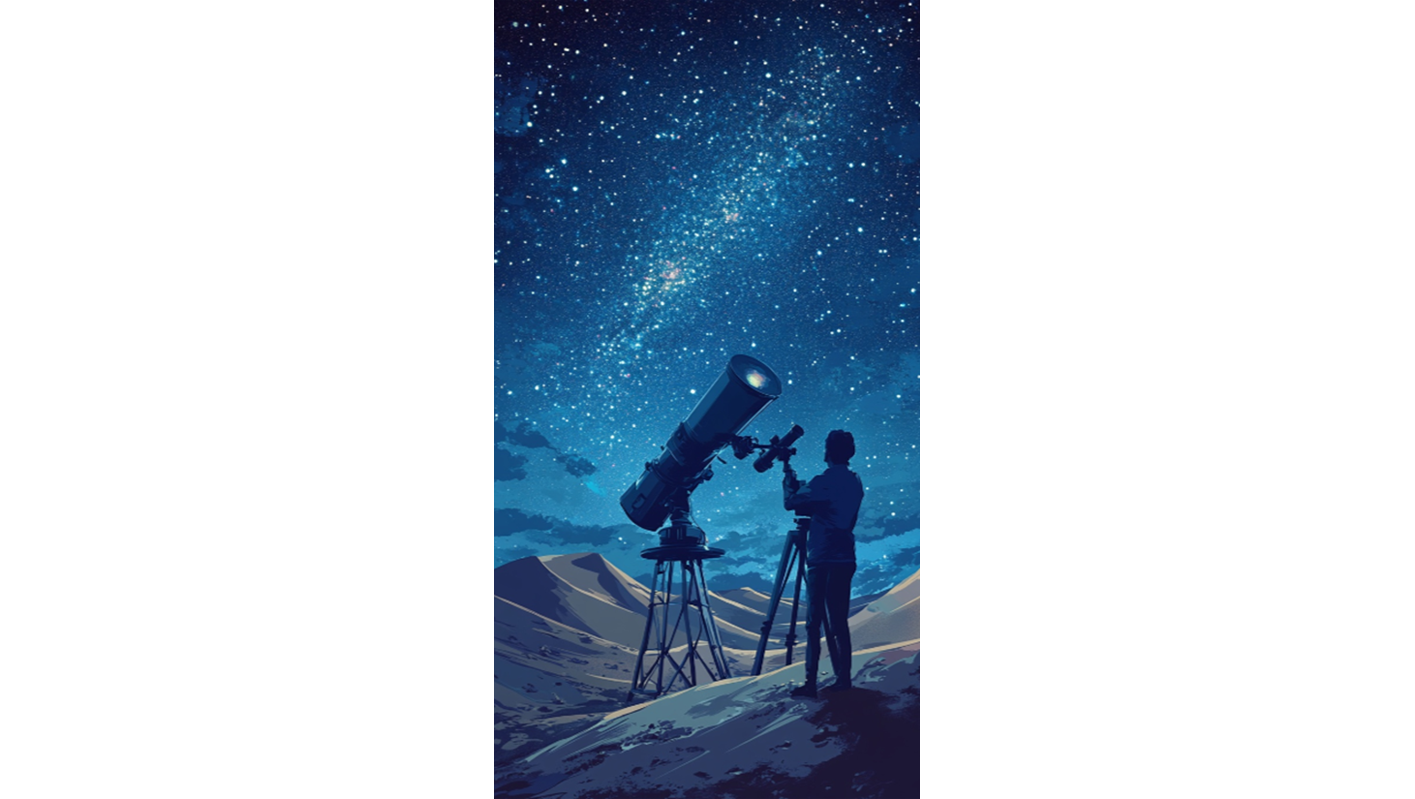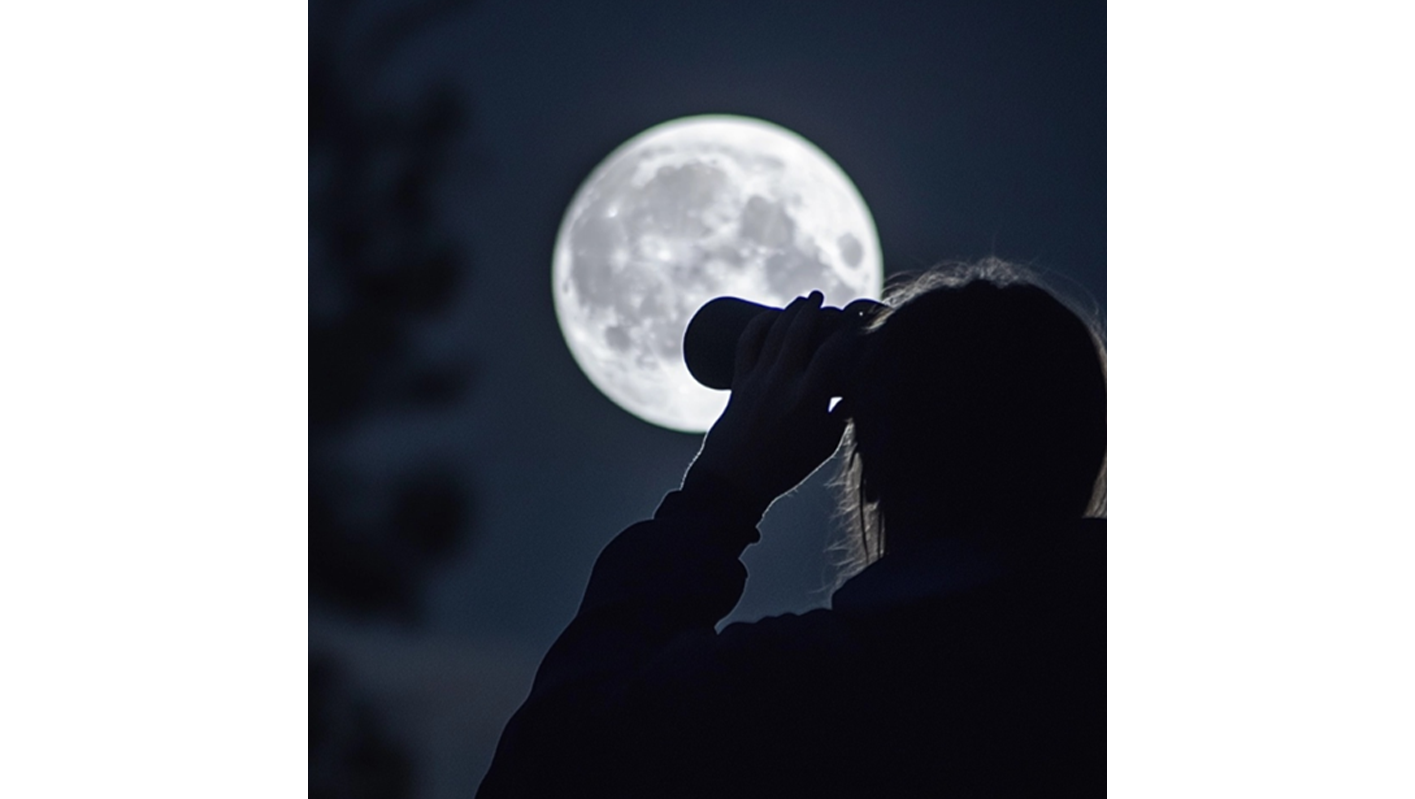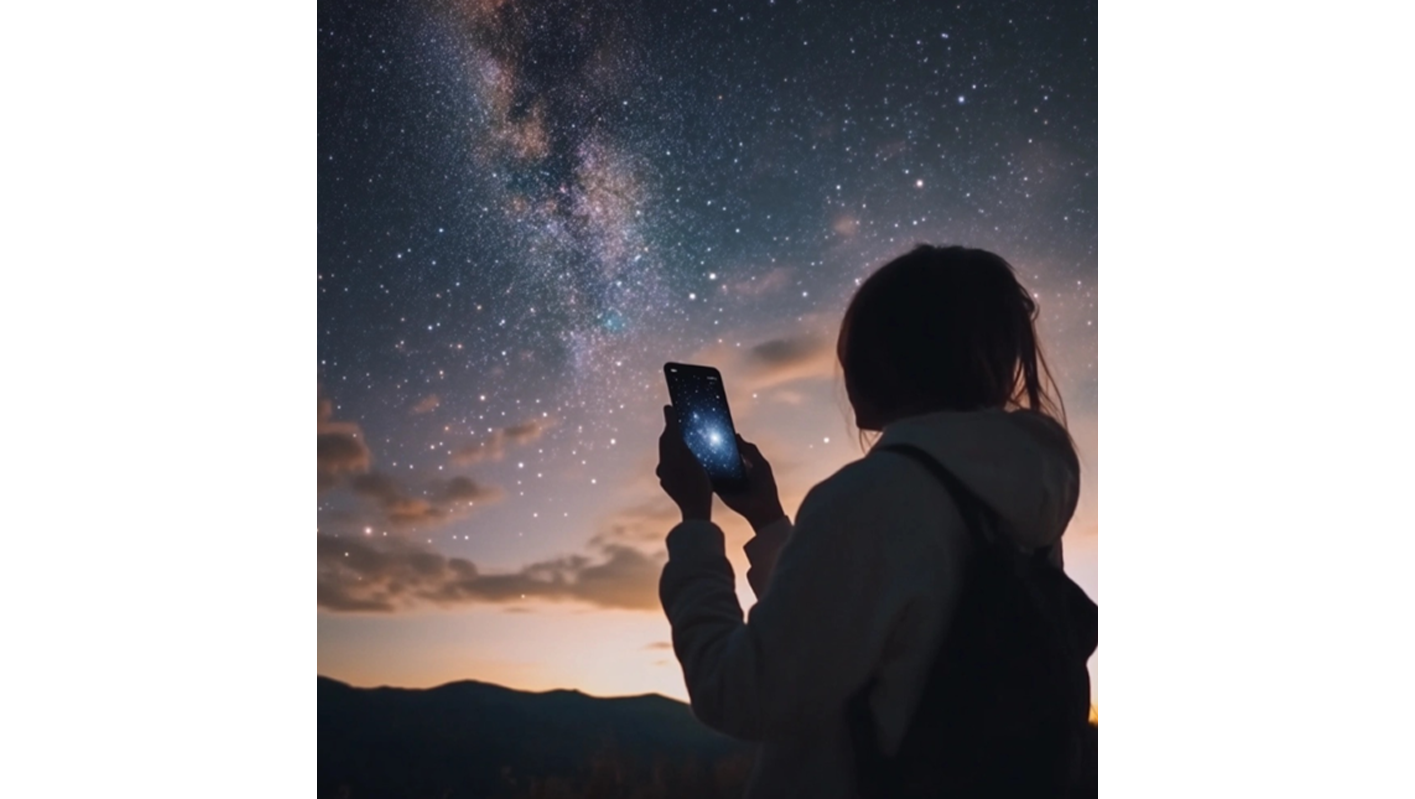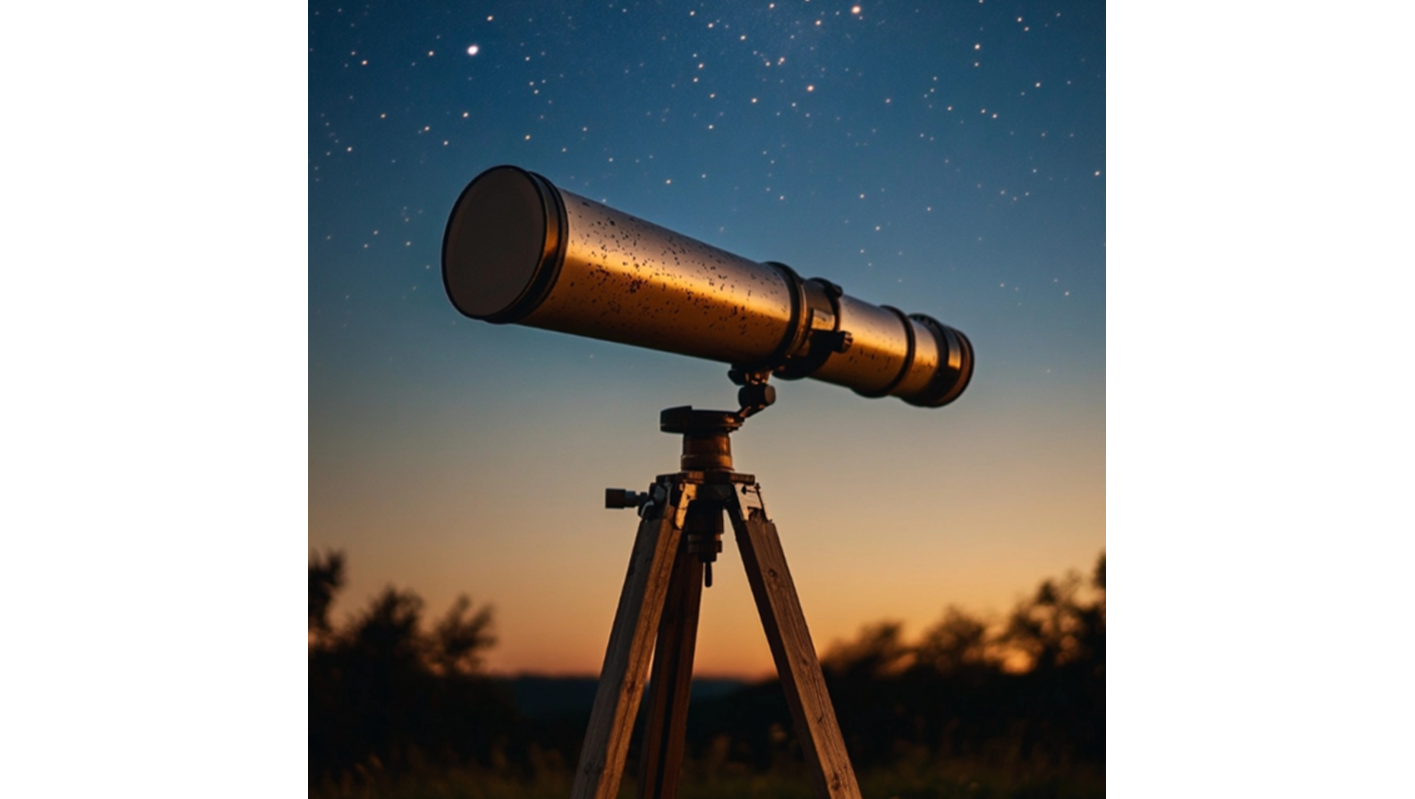

Space: The Final Frontier. Whether you’re a sci-fi fanatic, a tech enthusiast, or just someone with a thirst for cosmic knowledge, stargazing offers a gateway to a universe full of wonders. If you’ve ever found yourself staring up at the night sky and wondering, “What’s out there?”—this guide is for you. Let’s geek out over the cosmos together!
Why Stargazing?
Stargazing is more than just looking up; it’s connecting with a universe that’s been around for billions of years. From admiring the constellations to spotting distant planets and galaxies, stargazing is like stepping into your favorite sci-fi universe—only it’s real.

What You’ll Need to Get Started
Light pollution is a buzzkill for stargazing. Check out lightpollutionmap.info to find the darkest spots near you. Bonus points if you can camp out in the countryside or take a trip to a certified Dark Sky Park. Honestly, this has helped us step our star gazing game up to a whole nother level! 😊

Start simple. Naked-eye astronomy can reveal constellations, meteor showers, and even planets like Venus and Jupiter. If you’re feeling fancy, bring binoculars for a closer look at the craters of the Moon or the Pleiades star cluster.

Ditch the pirate treasure maps—modern geeks use apps like Star Walk 2 or SkySafari to identify celestial objects. Simply point your phone at the sky, and voilà, you’ll know exactly what you’re looking at.

When you’re ready to take your stargazing to the next level, invest in a beginner-friendly telescope. Brands like Celestron and Orion have great options that won’t break the bank. Look for a model with an easy setup and a good range of magnification.

Geeky Stargazing Tips
Start with the big ones: Orion (look for the belt), Ursa Major (a.k.a. the Big Dipper), and Cassiopeia (shaped like a W). Once you’ve mastered these, you’ll feel like a celestial cartographer.
The Moon is a stargazer’s best friend—and sometimes its worst enemy. A full moon is stunning but can drown out fainter stars. Use a lunar calendar to plan your sessions around new moons for the darkest skies.
Planets are like the VIPs of the night sky. Apps like Heavens-Above will help you spot when Mars, Saturn, or even the elusive Mercury will be visible.
Geek trivia: Meteor showers are named after the constellation they seem to originate from. For instance, the Perseids (August) come from Perseus. Mark your calendar, grab a blanket, and enjoy the show.
Cool Gadgets for Tech-Savvy Stargazers
The Final Frontier Awaits
Stargazing is a geek’s paradise—a perfect mix of science, wonder, and imagination. Whether you’re hunting for shooting stars, tracking planetary alignments, or imagining yourself aboard the Millennium Falcon, the night sky has something for everyone.
So, grab your gear, find a cozy spot under the stars, and let the universe blow your mind. After all, as Carl Sagan said, “We are all made of star stuff.”
Happy stargazing, fellow geeks! ✨